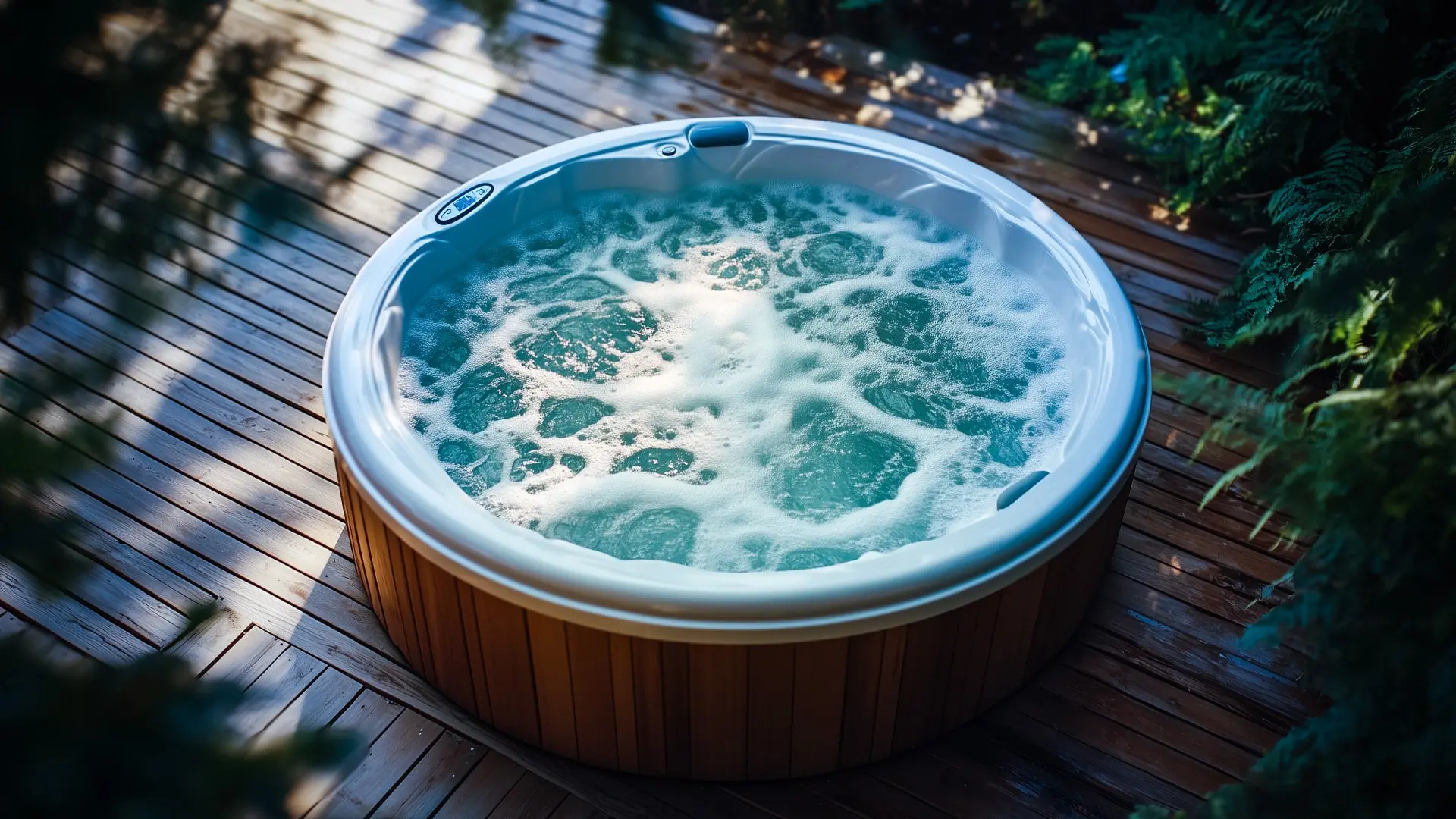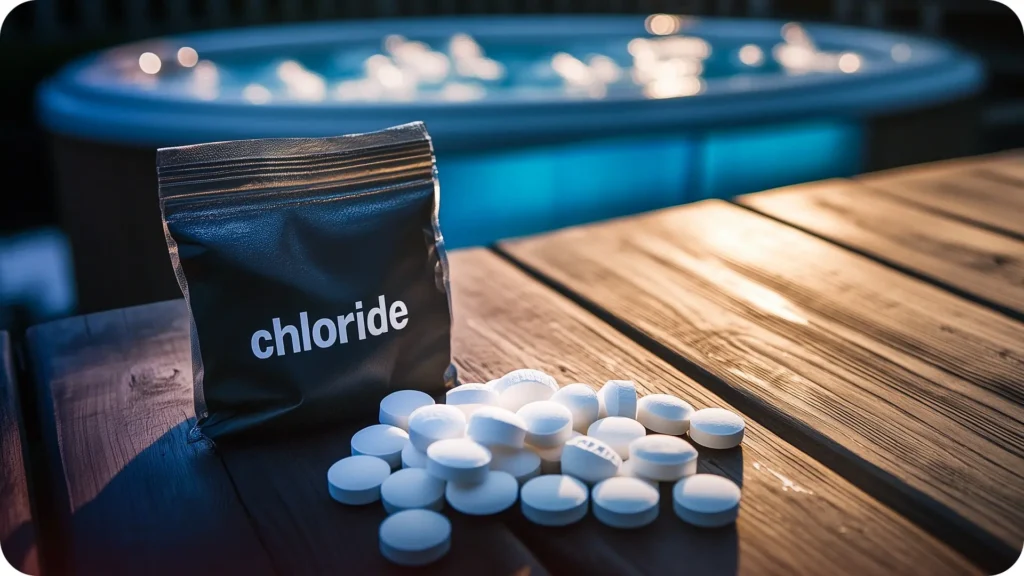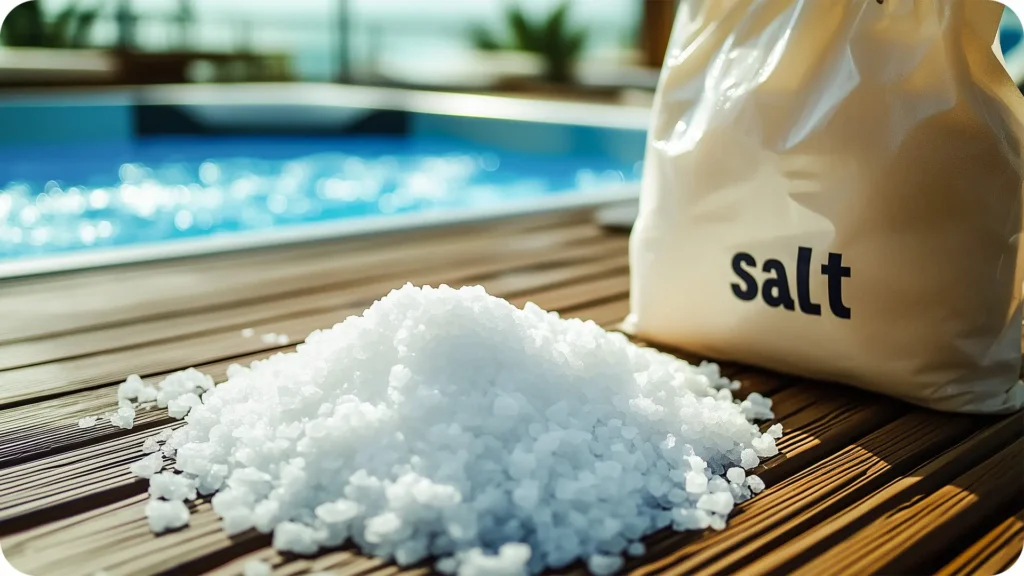
Are Hot Tubs Actually Safe?
After a long, chaotic day, slipping into a hot tub can feel like a well-deserved reward. The warmth relaxes your muscles and washes away the stress. And while it might just feel like heaven, it can come with some hidden dangers.
Don’t worry, though, this doesn’t mean you have to give up your favorite way of relaxing.
That’s because there’s a much healthier way to enjoy all the benefits of a hot tub, without the downsides. And in this article, we’ll discuss the risks and the safer alternative you most likely didn’t know about.
The Hidden Dangers of Conventional Hot Tubs

Here’s the truth. The issue is not the high temperature of the water, but instead what can be found in this type of water. If you’re using a traditional hot tub, it’s most likely being sanitized with chlorine or bromine. And while those chemicals are supposed to keep the water clean, they also bring along a few health hazards.
When the temperature of the water rises, your skin opens its pores as a natural way of regulating heat. But in hot, chemically treated water, that reaction can affect you negatively. Your skin becomes more absorbent, almost like a sponge, soaking in the water, along with whatever is in it. Over time, this buildup of chlorine or bromine could pose a significant threat to your health.
One study published in Environmental Health Perspectives found that this kind of exposure can mess with your thyroid, affect reproductive hormones, and even weaken your immune system.
And if you’ve ever felt a little off after a hot tub, perhaps tired, a bit itchy, or even foggy-headed. You’re not imagining it. That’s your body reacting to the harmful chemicals it’s being exposed to.
What About The Air You Breathe?
Chemical absorption through your skin isn’t the only problem.

Another serious issue with hot tubs is what you’re breathing in. When chlorine is heated, it forms chemical byproducts called chloramines. These can irritate your lungs and airways. If you already have some sort of respiratory sensitivity, like asthma, sitting in a cloud of warm, chemical-filled steam can make your condition even worse.
And then there are real-life cases that show what happens when hot tubs go wrong. One case from 2019 examined an outbreak of Legionnaires’ disease that occurred at a fair in North Carolina. Health officials traced the disease to aerosolized water from hot tubs that were on display.
This outbreak led to 136 reported cases of Legionnaires’ disease and one case of Pontiac Fever. Unfortunately, four individuals lost their lives, and nearly 100 were hospitalized.
This isn’t meant to scare you; it’s just to show that when hot tubs aren’t correctly maintained, they can cause lots of damage.
So yes, hot tubs are relaxing — but could they be causing more harm than good?
Hot Tubs Without Risk
Don’t worry, you don’t have to give up your favorite way to relax.
Thankfully, there are healthier ways to enjoy a hot tub.

A healthier alternative is saltwater hot tubs. Instead of dumping harsh chemicals, this hot tub uses salt to generate a much gentler form of chlorine. Other than having fewer toxins, the water is softer, and there is less irritation. Plus, salt itself has natural detoxifying and skin-soothing benefits. Your skin will most likely feel better after a soak in a saltwater hot tub.
Another excellent option is ozone-based systems. They work by using ozone gas to purify the water, which greatly reduces the need for chlorine or bromine. People who have made the switch often say they feel more refreshed afterwards. Most likely, you will notice your skin feels softer as well.
Simple Steps for Safe Hot Tub Use
No matter which system you decide to use, here are a few tips you should keep in mind to stay safe and get the most benefit:
- Shower before and after: This will help to keep bacteria and oils out of the water and off your skin.
- Avoid drinking: Alcohol and hot tubs don’t mix well. The heat causes your blood vessels to dilate and can lower your blood pressure. Alcohol does the same, which means you’re very likely to feel dizzy, dehydrated, or even faint. It also messes with your ability to judge how long you’ve been in, making it easier to overheat without realizing it.
If you’re planning to have a drink, wait at least an hour or two before and after getting into a hot tub.
- Check your water balance: If you are using a salt or ozone tub, make sure it’s at the correct pH (7.2–7.8) to stay safe.
- Keep the temperature below 104°F (40°C); anything higher will usually lead to overheating and dizziness.
- Stay hydrated: It’s easy to forget that you’re sweating in a hot tub. Make sure to keep some drinkable water nearby.
- Be careful going from hot to freezing cold: If you’re sensitive to extreme temperatures or have specific health issues, mainly to do with your heart, you want to be careful jumping from a hot tub into a cold shower, as it can be dangerous. The sudden change in temperature can spike your blood pressure and strain your heart.
Conclusion
Most conventional systems are loaded with chemicals, which, unfortunately, are quite harmful to you. Thankfully, switching to a saltwater or ozone system will ensure a more refreshing experience, without the risks.
Hot tubs are one of the things to watch out for if you want to improve your health. However, if you’re going through something serious, like cancer or another chronic condition, you need to watch out for a lot more things if you want to give your body the best chance of recovery.
Our personalized Budwig Remote Program will provide you with all the support you need to help your body recover as quickly as possible. It contains exclusive knowledge, natural remedies, and wellness devices.
And along with that, you will get a personalized naturopath supporting you, every step of the way.